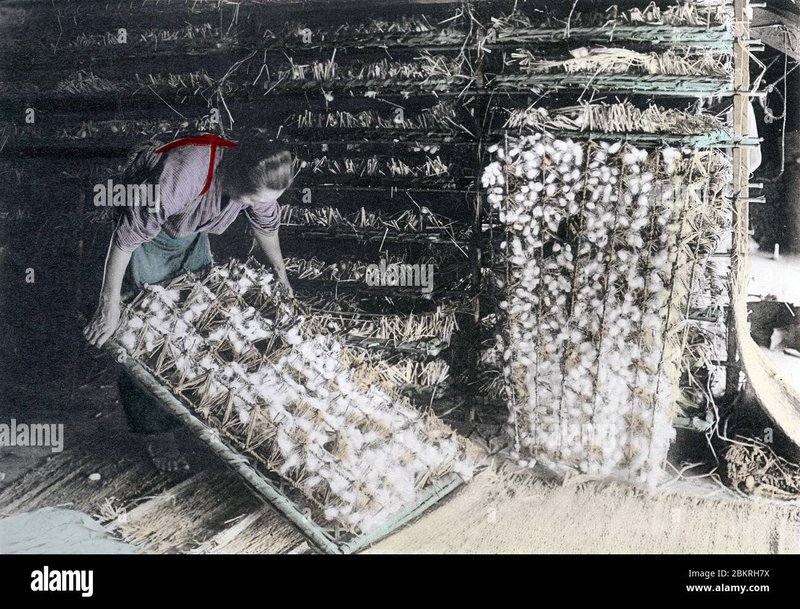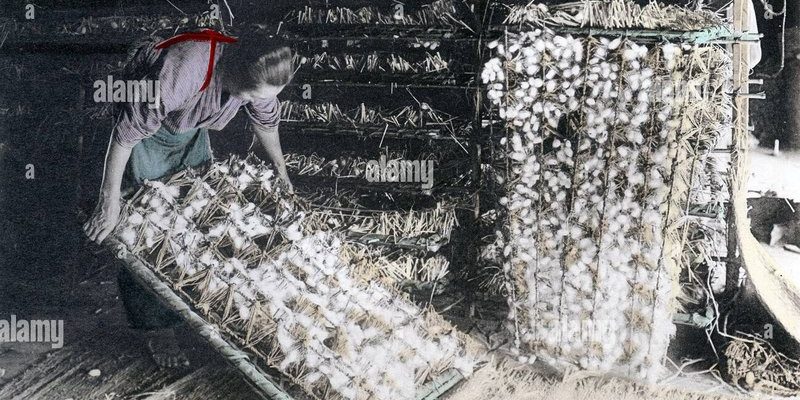
At first glance, you might think, “Why would anyone farm silkworms?” Well, here’s the thing: silkworms are more than just creatures that produce silk. They are an integral part of a larger ecosystem in controlled farming systems, where they help recycle waste, contribute to soil health, and can even become a food source themselves. This approach aligns beautifully with the growing trend toward sustainable and eco-friendly farming practices. So, what’s the scoop on using silkworms in these controlled environments? Let’s break it down step by step.
What Are Controlled Insect Farming Systems?
Controlled insect farming systems are basically high-tech versions of traditional farming, focusing on raising insects in conditions that can be meticulously managed. Think of it as creating a perfect little world for insects, where every factor—from temperature and humidity to food supply—is controlled for optimal growth. This method is not just efficient; it’s also vital for the environment.
With the global population continuously rising, the demand for protein sources is higher than ever. Insects, including silkworms, offer a solution. They require significantly less land, water, and feed than traditional livestock. Plus, they can thrive on organic waste, turning what would be trash into nutritious food. It’s a win-win for farmers and the planet.
But how do you actually set up a controlled insect farming system? Here’s what you need to consider:
- Space: You’ll need an enclosed area that can be easily regulated.
- Climate Control: Maintaining the right temperature and humidity levels is crucial.
- Food Supply: Silkworms primarily eat mulberry leaves, so having a reliable source is essential.
The Life Cycle of Silkworms
Silkworms have a fascinating life cycle that includes multiple stages: egg, larva, pupae, and adult moth. Each stage serves a purpose in the farming process. Let’s break down their life cycle:
1. **Egg Stage**: It all begins when a female moth lays around 300-500 eggs. The eggs are small and require care to hatch.
2. **Larva Stage**: After about 10 days, the eggs hatch into larvae, commonly known as silkworms. During this stage, they become eating machines, growing rapidly as they devour mulberry leaves.
3. **Pupae Stage**: Once they’ve had their fill (and are about 3 inches long), they’ll stop eating and begin to spin a cocoon around themselves. This is where the magic of silk production happens.
4. **Adult Moth**: Finally, the pupae transform into adult moths. They’ll eventually emerge from the cocoon, mate, and lay new eggs, continuing the cycle.
Understanding this life cycle is crucial for anyone looking to farm silkworms. Each stage has specific needs and optimal conditions. If you neglect one stage, it can ruin the entire crop.
Benefits of Using Silkworms in Farming
So, what exactly do silkworms bring to the table? There are quite a few benefits to using silkworms in controlled insect farming systems:
- High Nutritional Value: Silkworms are packed with proteins and essential nutrients, making them an excellent alternative protein source.
- Sustainable Material Production: They produce silk, which is highly valued in textiles but also has uses in medicine and cosmetics.
- Waste Reduction: Silkworms can feed on agricultural waste, helping farmers recycle materials that might otherwise go to waste.
These benefits highlight why silkworms are gaining popularity in farming circles. Not only do they help meet the growing protein demand, but they also promote sustainable practices. You might be wondering, “How does it all connect?” Well, it’s all about being smarter in how we produce food and materials.
Setting Up a Silkworm Farming System
If you’re thinking about starting your own silkworm farm, it’s easier than you might think. Here’s a simple step-by-step guide to get you started:
1. **Choose Your Space**: Look for a spot that can be kept dark and warm, ideally around 75°F to 85°F (24°C to 29°C).
2. **Get the Necessary Supplies**: You will need trays for the silkworms, mulberry leaves for food, and a good source of moisture in the form of a humidifier.
3. **Minimize Disease Risks**: Keep your space clean to prevent diseases. Remember, silkworms are sensitive creatures.
4. **Monitor Growth**: Regular checks are necessary to ensure the silkworms are progressing through their life cycle without any hitches.
This setup is surprisingly straightforward but requires commitment. Just like any other farming, patience and consistency are key.
Challenges and Solutions in Silkworm Farming
Like any farming endeavor, silkworm farming has its challenges. Here are some common problems and how to tackle them:
- Mold Growth: High humidity can lead to mold. Regular ventilation and cleaning can prevent this issue.
- Nutrient Deficiencies: Ensure that your silkworms are getting enough nutrients from quality mulberry leaves. Investing in good quality feed can make a big difference.
- Temperature Fluctuations: Sudden changes in temperature can stress silkworms. A stable, controlled environment is essential.
Facing challenges is a part of farming, but knowing how to deal with them can make the process smoother.
Future of Silkworm Farming
As people become more aware of sustainable practices, the future of silkworm farming looks bright. With advancements in technology and growing interest in eco-friendly materials, silkworms could very well become a staple in modern agriculture.
Companies and researchers are constantly exploring innovative ways to improve silkworm farming, from better breeding techniques to using silkworms in bioplastics. Imagine a world where silkworms not only provide silk but also contribute to solving major environmental issues!
In conclusion, using silkworms in controlled insect farming systems is more than just a trend; it’s a glimpse into a sustainable and resource-efficient future. With their multiple benefits, from producing high-quality silk to serving as a nutritious food source, silkworms are proving to be valuable players in modern agriculture. So, whether you’re considering a small hobby farm or a large-scale operation, there’s no denying that silkworms are worth a second look. Let’s embrace this fascinating world and see where it takes us!

